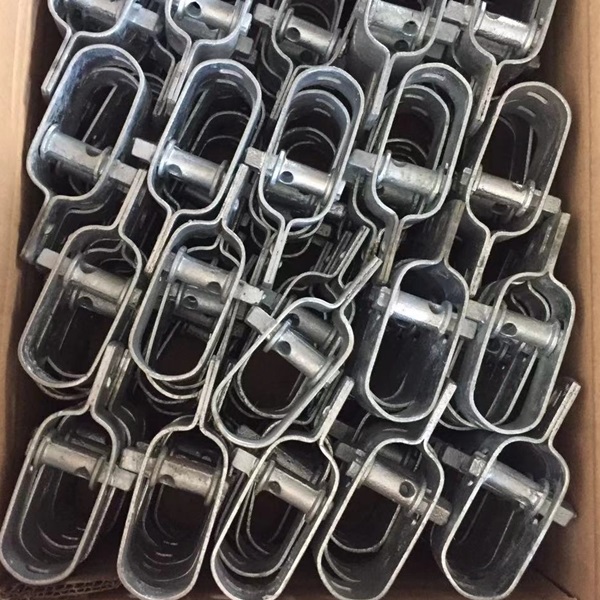Dec . 05, 2024 21:54 Back to list
Welded Gabion Box Manufacturers and Their Innovative Solutions for Outdoor Design
Understanding Welded Gabion Box Factories A Comprehensive Overview
In recent years, welded gabion boxes have emerged as a popular solution for various engineering and landscaping projects. These boxes, which are typically constructed from steel wire and filled with rocks or other materials, offer exceptional durability and ecological benefits. This article delves into the key aspects of welded gabion box factories, exploring their manufacturing processes, applications, and advantages.
What are Welded Gabion Boxes?
Welded gabion boxes are rectangular cages made from high-tensile steel wire that are welded at each intersection to create a stalwart structure. They are primarily used in civil engineering and landscaping for erosion control, retaining walls, riverbank protection, and as decorative features in parks and gardens. The boxes are filled with natural stones, which not only make them robust but also integrate seamlessly into the environment.
Manufacturing Process of Welded Gabion Boxes
The manufacturing process of welded gabion boxes involves several critical steps to ensure quality and durability.
1. Material Selection The first step in the production process is selecting high-quality steel wire, often coated with zinc or polymer to enhance resistance to corrosion. This is vital for ensuring the longevity of the gabion boxes, especially in harsh outdoor conditions.
2. Welding Once the steel is sourced, it undergoes a welding process. The wires are cut to size, and then they are welded at various intervals to create a grid structure. This enhances the integrity of the boxes, making them stronger than their woven counterparts.
3. Formation After welding, the sheets are folded and shaped into boxes. This step often requires precision machinery to ensure that each box maintains a uniform shape and size, which is crucial for stacking and installation.
4. Quality Control Factories implement rigorous quality control methods to inspect the welded joints and the overall structure. Each gabion box is tested for durability and compliance with industry standards.
welded gabion box factories

5. Surface Treatment Finally, the gabion boxes may undergo additional treatments, such as galvanization or the application of a protective coating, to further enhance their resistance to weathering and rust.
Applications of Welded Gabion Boxes
Welded gabion boxes are highly versatile and can be used in various applications, including
- Erosion Control They are widely used in riverbanks, slopes, and coastal regions to prevent soil erosion caused by water flow. - Retaining Walls Their sturdy construction allows them to hold back soil and support the structure of roadways and buildings. - Landscaping Gabion boxes can be incorporated into garden designs, serving both aesthetic and functional purposes. - Flood Control By creating barriers along rivers and streams, gabion boxes can help manage water flow and reduce the risk of flooding.
Advantages of Using Welded Gabion Boxes
The adoption of welded gabion boxes in construction and landscaping projects comes with a variety of benefits
- Durability The welded design offers superior strength, ensuring that the boxes withstand harsh environmental conditions and heavy loads. - Cost-Effectiveness Compared to traditional materials such as concrete or stone, gabion boxes can be a more affordable solution, both in materials and labor. - Environmental Benefits Gabion boxes promote vegetation growth and biodiversity, blending harmoniously with the natural landscape. - Ease of Installation These boxes are relatively simple to transport and install, allowing for quicker project completion.
Conclusion
Welded gabion boxes represent a significant advancement in modern engineering and landscaping solutions. With their robust design, versatility, and environmental advantages, they are a reliable choice for projects aimed at erosion control, structural support, and aesthetic enhancement. As the demand for sustainable and effective construction materials continues to grow, welded gabion box factories will play a pivotal role in fulfilling this need and contributing to the development of resilient infrastructure.
-
Hop Dipped Galvanized / PVC Coated Temporary Fence-Anping County Xingzhi Metal Wiremesh Products Co.,Ltd|Durable Temporary Fencing&Versatile Installation
NewsAug.05,2025
-
Hop Dipped Galvanized / PVC Coated Temporary Fence - Anping County Xingzhi Metal Wiremesh Products Co., Ltd|Durable Construction&Versatile Applications
NewsAug.05,2025
-
Hop Dipped Galvanized / PVC Coated Temporary Fence - Anping County Xingzhi Metal Wiremesh Products Co., Ltd
NewsAug.05,2025
-
Hop Dipped Galvanized/PVC Coated Temporary Fence-Anping County Xingzhi Metal Wiremesh Products Co.,Ltd|Durable, Modular, Corrosion Resistant
NewsAug.05,2025
-
Hop Dipped Galvanized / PVC Coated Temporary Fence-Anping County Xingzhi Metal Wiremesh Products Co., Ltd|Durable Surface Treatments&Versatile Applications
NewsAug.05,2025
-
Steel Expanded Metal Mesh Fence: Secure & Durable Perimeter Solution
NewsAug.05,2025



